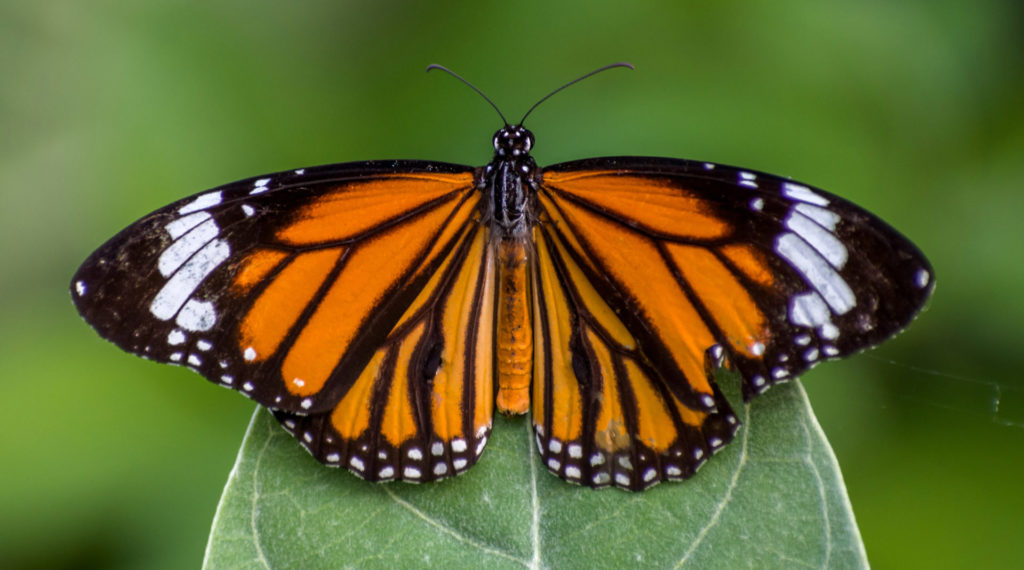The iconic Monarch butterfly was added to the International Union for the Conservation of Nature Red List of Threatened Species in July. The List, known as the IUCN Red List, founded in 1964, is the world’s most comprehensive inventory of the global conservation status of biological species. It uses a set of precise criteria to evaluate the extinction risk of thousands of species and is recognized as the most authoritative guide to the status of biological diversity.
However, the IUCN List does not trigger protections here in the US—it merely raises awareness. If Monarchs make the US Endangered Species List, all sorts of regulations will kick in including ones that prioritize milkweed habitat. Since the super generation of Monarchs—the one that flies back to Mexico—is born here in the Adirondacks, their caterpillar plants including swamp milkweed, common milkweed and butterfly weed will all be protected as will their nectar plants. That protection will boost habitat for all pollinators who depend on similar vegetation.
In making the determination, the IUCN cited that the migratory Monarch Butterfly population has shrunk by as much as 72% over the past decade.
We can only hope that current programs like our Adirondack Pollinator Project, Monarch Watch, Xerces Society and other pollinator organizations can continue to boost Monarch populations before the iconic butterfly is given endangered status by the US.
In the Adirondacks, conservation efforts should focus on planting native milkweed/nectar plants, reducing pesticides, and supporting migration by waiting to mow roadsides/fields until after a hard frost. We all have a role to play so that this iconic insect makes a full recovery and the Adirondacks can produce a healthy super generation of Monarchs that migrates to Mexico.




